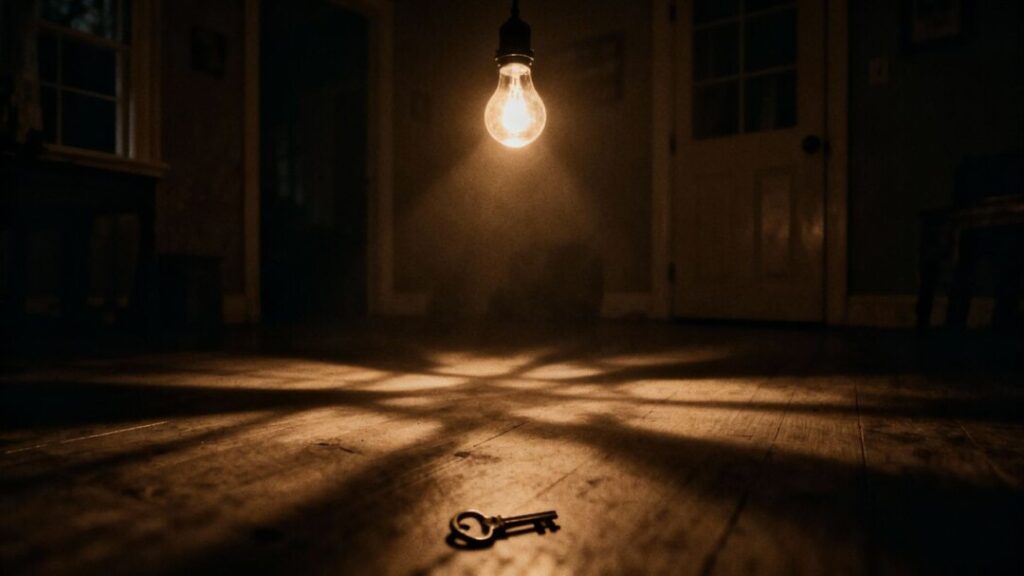Buying or selling a home is an exciting milestone, but hidden electrical problems can quickly turn the dream into a stressful ordeal. Inspectors and insurers frequently uncover issues that can significantly delay closings or lead to unexpected, costly repairs. Understanding common electrical pitfalls is crucial for both buyers and sellers to ensure a smooth transaction and long-term peace of mind.
Key Takeaways
- Double-tapped breakers pose overheating and fire risks.
- Outdated fuse boxes and panels may not meet modern safety standards and can affect insurability.
- Missing GFCI and AFCI protection in key areas compromises safety and code compliance.
- Aluminum branch circuits from the 1960s and 70s present fire hazards due to expansion and contraction.
- Ungrounded outlets increase the risk of electric shock and appliance damage.
- Exposed wire splices are a significant fire hazard and a common inspection red flag.
Double-Tapped Breakers
When two wires are connected to a single circuit breaker, it’s known as a double-tap. This configuration can lead to overheating, tripped circuits, and potential fire hazards, as most breakers are not designed for multiple wire connections. Addressing this often requires installing a tandem breaker or expanding the panel’s capacity, tasks best left to qualified electricians.
Outdated Fuses or Unsafe Panels
Many older homes still rely on fuse boxes or outdated electrical panels that fall short of current safety standards. Insurers may refuse coverage for homes with these systems due to the increased fire risk and inability to handle modern energy demands. Replacing an old panel with a circuit breaker system is a significant upgrade that enhances safety and insurability, typically costing between $1,500 and $3,000. Certain brands, like Federal Pacific or Zinsco, may require immediate replacement due to known defects.
Missing GFCI and AFCI Protection
Ground-fault circuit interrupters (GFCIs) protect against electric shock, while arc-fault circuit interrupters (AFCIs) prevent fires caused by wiring faults. Both are now mandatory in areas like kitchens, bathrooms, and bedrooms. Homes lacking these safety devices often fail inspections. Retrofitting outlets or breakers with GFCI/AFCI protection is a necessary fix, usually costing between $150 and $400 per device, and must be performed by an electrician to meet code.
Aluminum Branch Circuits
Homes built in the 1960s and 70s may have aluminum wiring, which expands and contracts more than copper over time. This can lead to loose connections, overheating, and fire risks. Inspectors frequently flag these circuits for repair or replacement. Solutions range from using special connectors to a full rewiring if the issues are extensive. Insurance companies may require these upgrades before providing coverage.
Ungrounded Outlets
Ungrounded outlets lack a safety path for electricity during faults, increasing the risk of electric shock or appliance damage. Modern building codes mandate grounded outlets throughout the home. Inspectors identify ungrounded outlets as safety concerns that can impact appraisals and underwriting. Upgrades may involve rewiring circuits or installing GFCIs, with costs varying significantly based on the scope of work.
Exposed Splices
Exposed wire splices, commonly found in attics or basements without proper junction boxes, are a serious fire hazard. These unprotected connections can easily lead to short circuits. While the fix is usually straightforward—installing a covered junction box—it’s essential to ensure compliance with electrical codes. Addressing such minor issues early can prevent significant closing delays and reassure buyers of the home’s safety.


